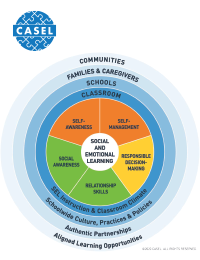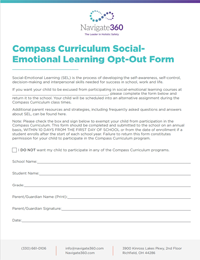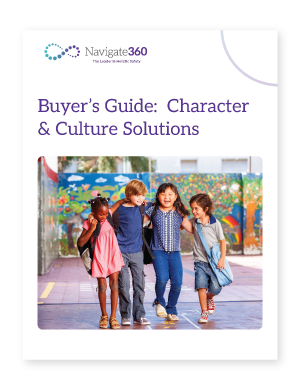Sharing is a prosocial skill that also prompts caring for, cooperating with and helping others. These essential skills serve as the foundation for healthy child development and lead to acting with ethics, showing integrity, identifying values and assuming responsibility as children get older. Research shows that comprehensive SEL programs are linked to the development of positive prosocial behaviors in children.
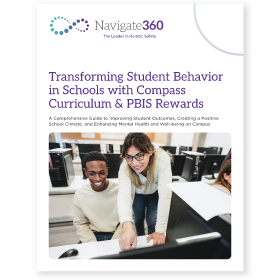
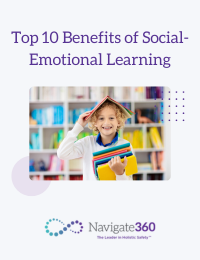
.png)
.png)
